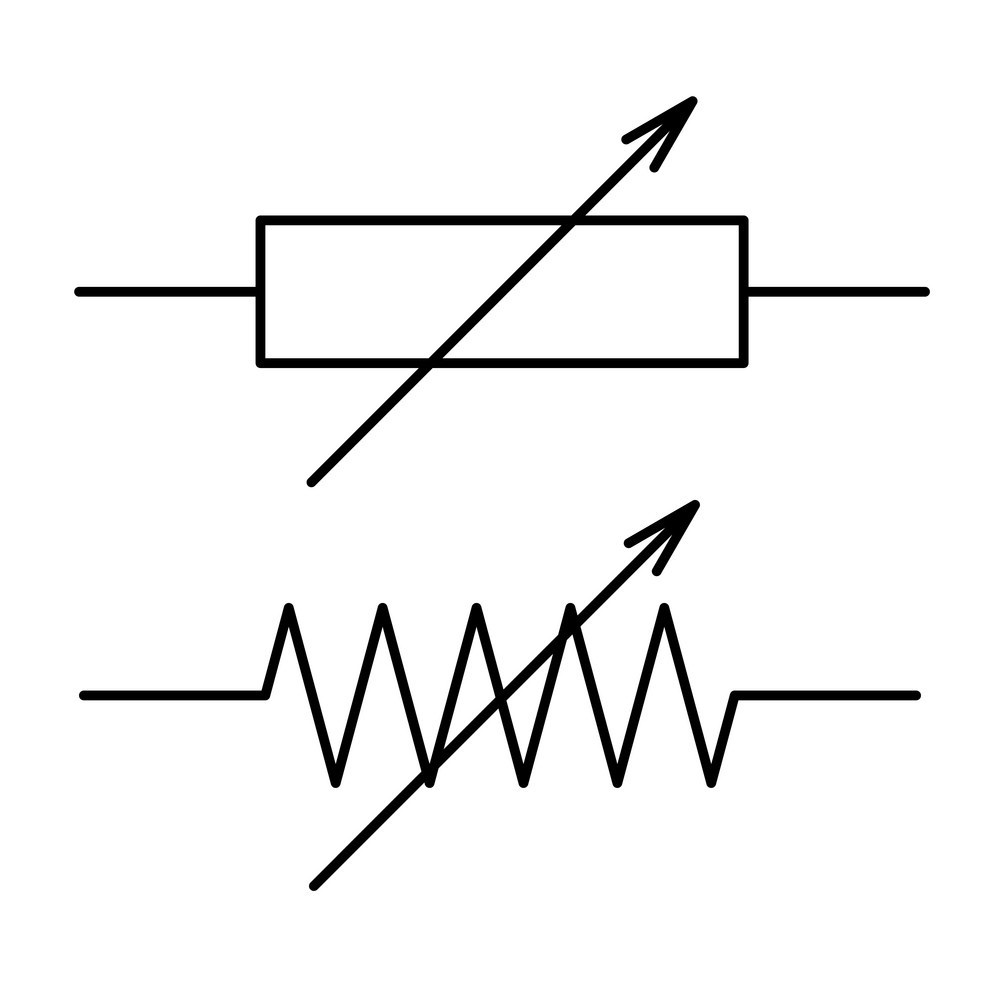Introduction to Variable Resistors
In the world of electronics, understanding the components that make up circuits is crucial. Among these, the variable resistor stands out as a fundamental element. It's represented by a unique symbol, an emblematic representation in electronic schematics, serving as a gateway to advanced circuitry. This article delves into the significance of the variable resistor symbol and its pivotal role in electronic design.
Decoding the Symbol
The variable resistor, often referred to as a potentiometer or rheostat, is depicted by a general resistor symbol — a zigzag line — with an arrow across it. This arrow signifies adjustability, indicating the resistor's ability to change resistance values. This symbol is not just a representation; it's a language, conveying crucial information to engineers and hobbyists alike.
Understanding Variable Resistors
A variable resistor offers the unique ability to adjust the current flow and voltage in a circuit. By changing the resistance, it can control aspects like volume in audio equipment, intensity in lighting systems, and sensitivity in sensors. This versatility makes it an indispensable component in both simple and complex electronic devices.
Applications in Everyday Electronics
Variable resistors are ubiquitous in everyday electronics. From the volume knob on a radio to the brightness control in a television, these components are integral in providing user control. Their presence in thermostats, dimmer switches, and even automotive dashboards underscores their widespread utility.
The Role in Circuit Design
In circuit design, the variable resistor symbol is a harbinger of flexibility and control. It allows designers to create circuits that are not just functional but also adaptable. This adaptability is particularly crucial in prototyping and testing, where adjustments are often necessary for achieving the desired outcome.
Advanced Applications
Beyond basic electronics, variable resistors play a vital role in advanced applications. In robotics, they are used to calibrate sensors and control movement. In telecommunications, they help in tuning and adjusting signal strengths. Their use in these domains exemplifies their versatility and indispensability in modern technology.
Educational Significance
For students and enthusiasts, the variable resistor symbol is a stepping stone into the world of advanced electronics. Understanding this symbol is essential in learning about circuit design and electronic principles. It acts as a gateway to more complex concepts, such as feedback loops and variable gain amplifiers.
Challenges and Considerations
Despite their utility, using variable resistors comes with challenges. Selecting the right type (potentiometer or rheostat), understanding their limitations in terms of power rating and precision, and properly incorporating them into a circuit are essential skills. Additionally, the physical durability of variable resistors is a consideration in designing consumer electronics.
The Future of Variable Resistors
With advancements in technology, the role of variable resistors is evolving. Digital potentiometers, which use digital signals to adjust resistance, are becoming more prevalent. These components offer greater precision and integration with digital systems, paving the way for more sophisticated electronic designs.
Conclusion: The Symbol of Possibility
The variable resistor symbol is more than just a part of electronic schematics; it's a symbol of possibility. It represents the potential to control and adapt, to fine-tune and calibrate. In the hands of a skilled designer, it opens up a world of possibilities, making it a fundamental element in the journey toward advanced circuitry. Whether you are a seasoned engineer or a budding enthusiast, understanding and utilizing this symbol is your gateway to mastering the art and science of electronics.


No comments yet